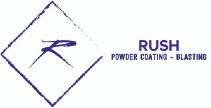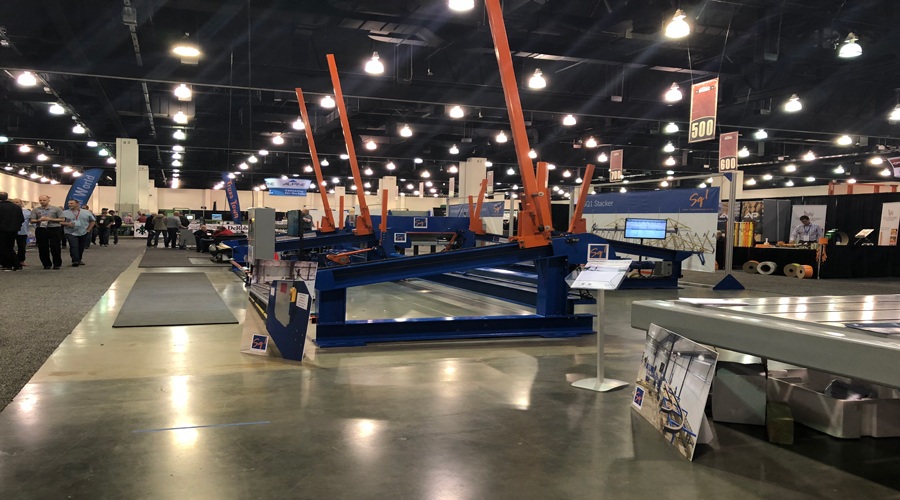Powder coating on large equipment is a solid substance made up of two components. The reaction consists of two components that set off at temperatures between 140° Celsius to 200° Celsius. The binder and hardener of large equipment powder coating undergo the cutting process, starting with an increase in the components’ surface temperature. An increase in temperature led to a structured surface with the paint film’s properties, such as finish, color, resistance to mechanical strain, UV radiation, and chemicals. For powder coating to be achieved, the process should be performed electrostatically; the large equipment and surfaces to be coated must be earthed and conductive. A few years back, powder coating on large equipment and heavy steel equipment was very new and unusual. This was because the curing process of the hardener of powder coating and required very high temperatures. Large equipment also required a longer oven time and a very large oven to undergo the curing process. But because of the benefits of powder coating, it has become more common in large equipment.
For large equipment coating, powder coating is undoubtedly one of the best finishing processes available on the market. It gives rise to a very high quality and durable finish that protects the parts from abrasion, corrosion, and impact. It still provides a wide variety of color and finishes options. It is also very environmentally friendly and user-friendly. Large equipment powder coatings are completely solvent-free and do not contain any volatile organic compounds (VOC), neither do they contain liquid elements. You can clean large equipment and cloth easily using a compressed air sprayer.
Additionally, you can recycle the large equipment powder coatings efficiently, and in case of wastage, you can burn the waste for energy. For an efficient, quick, and economical coating method for large equipment, powder coating is your go-to coating method. Environmental friendliness, shorter processing time, more comfortable working environment, outstanding surface quality, anticorrosive protection, and increased capacity are reasons that make an investment in a powder coating for large equipment very worthwhile.
However, large equipment powder coating has its shortcomings. For instance, it requires a thick coating for the equipment’s durability; however, this thick coating is disadvantageous to parts that require tight tolerance because coating makes it difficult to use these parts. It is not a completely helpless situation because you can mask off areas to retain the manufactured dimension similar to paint. The only downside to this is that the process is labor-intensive, and you would incur more costs.
Comparing powder coating on large equipment and wet paint shows that both powder coating and liquid paint are dispensed in sprays and are electrostatically charged. However, the charge in liquid paint is less effective compared to powder coating, which forms an even coat. Liquid paint requires multiple coats, while powder coating may include a primer, a color coat, and a clear topcoat only. You can attain a high-gloss finish while using powder coating, which enhances the equipment’s appearance. Additionally, for color matching of large equipment and uniqueness, powder coatings provide for custom orders.

